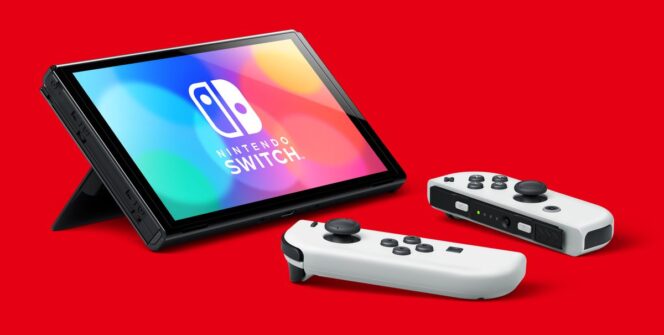Even though the hybrid platform sold less than a year ago, the Japanese company refuses to lower the console’s price, even though this would be the best way to reach a larger community.
In the financial year ending March 31, the Nintendo Switch sold 17.97 million units. It doesn’t sound bad at first glance, but it’s a 22.1% drop compared to the previous financial year. It is partly understandable since the Nintendo Switch has been available for six years this year, and a console generation usually lasts 6-7 years. Sales always decline towards the end, which could be partly prevented by price cuts, for example.
However, Nintendo doesn’t want to hear about it. Shuntaro Furukawa, president of the big N, admitted that the sales target of 15 million units for the period April 2023 to March 2024 would not be an easy target to reach and that they would not cut prices: “Concerning hardware, prices for certain materials have fallen, but overall costs remain high. We must also continue to account for the impact of factors such as inflation and foreign exchange rates. Production was highly impacted during the previous fiscal year, so we ensure our parts procurement occurs far enough in advance to ensure stable production. Even if raw material prices decrease, it will take time to reflect this in manufacturing costs. Currently, there are no plans to reduce the price of our hardware during this fiscal year. On the other hand, while we also have no plans to raise prices, the yen continues to be weak, and procurement costs remain high, so we will continue to monitor the situation carefully,” Furukawa said.
There was also talk that The Legend of Zelda: Tears of the Kingdom, which was released yesterday, has also joined the $70 price range, but that it will not be the pricing for all their self-developed games from now on: “Regarding the price of software, the MSRP (manufacturerʼs suggested retail price) of The Legend of Zelda: Tears of the Kingdom is ten dollars higher in the U.S. than its predecessor, but this does not indicate a general increase in the price of our software. Our approach is to determine the fair price of a product on a case-by-case basis. Development costs are indeed on the rise due to the enhanced breadth of content and the requirement of more advanced technology to support online play, so the pricing for our new titles going forward is something that we will continue to consider thoroughly.”
No comment.
Source: VGC















Leave a Reply